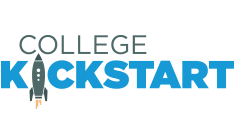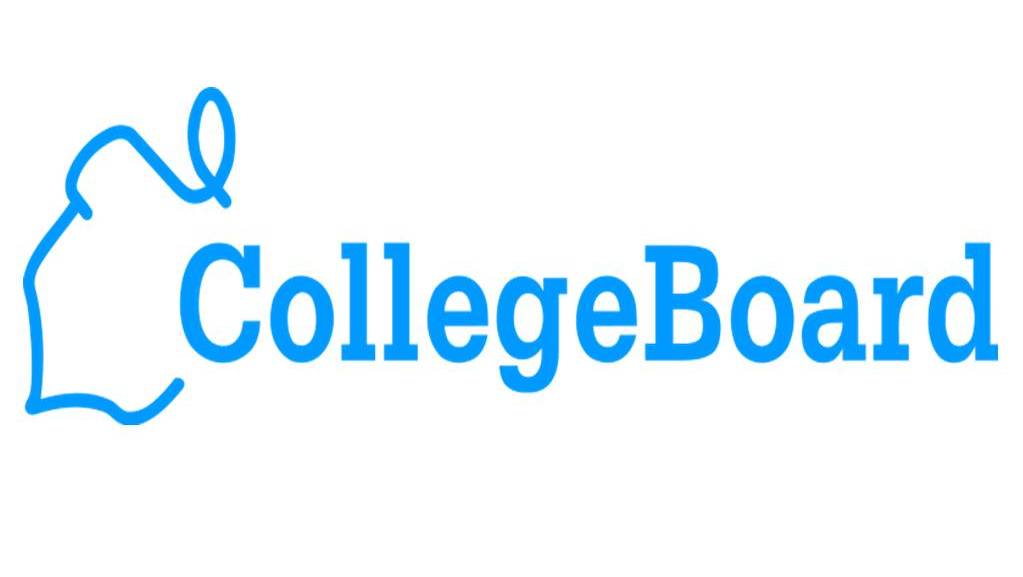
Penn is encouraging other universities to pilot a team admissions strategy that Penn implemented four years ago—and Swarthmore has already adopted it.
The tactic is used to increase efficiency, fairness and morale among college admission officers. Under the old system, admissions staff would divide applications and read them individually, usually on self-set hours in solitude. After reading, officers would write up notes with their thoughts and a recommendation to reject, defer, or advance the candidate in the admissions process.
Under Penn’s new regimen, admissions officers split into teams of two and read one application at the same time in the office. Then they discuss the application together and come to a consensus before passing it along.
After the team of two screens the application, it is given to admission officers responsible for the geographic region where the applicant lives. An exceptional applicant may skip this step and be handed immediately to a selection committee that includes school-based representatives. This committee will make the final decision on a potential acceptance.
“Penn, along with many other schools, has had an increasing number of applicants every year and yet they keep to the same timetable,” said Laurie Kopp Weingarten, director of admissions counseling at One-Stop College Counseling. “They have to release the decisions on the same date.”
It is in Penn’s interest to process applications efficiently: from 2002 to 2012, total applications to Penn increased from 18,827 to 31,280. Last year Penn received more than 37,000 applications.
“We also are doing the work in a more efficient way,” said Dean of Admissions Eric Furda. “We don’t have four times as many people in this office as when we had 10,000 applications.”
Penn has held conferences with admissions officers from other universities to introduce them to the method.
“We started with regional schools to come take a look at the work that we were doing to as a way of a) sharing our experiences but then also b) getting a larger groupthink over the work we were doing,” Furda said.
Swarthmore adopted Penn’s method of application reading with small alterations after two admissions officers from Swarthmore saw a presentation at Penn.
“It was different from what we were currently doing but we were really excited about it,” said J.T. Duck, director of admissions at Swarthmore. “We decided to adopt it because it looked like a more viable way of still doing holistic admissions but getting through applications in a more efficient manner than in a past.”
After seeing a 40 percent surge of applications in the 2014-15 application cycle, Swarthmore was looking to improve their application reading process.
Duck is satisfied with the switch. The new process relieves the isolation that admission officers can experience while reading applications for weeks on end, and allows officers to train each other while reading.
Dean Furda compared the new process to an in-class midterm instead of a take-home test.
“When it’s complete, it’s complete,” he said. “And then you go on.”
Source: The DP



